This Week At Angama #18
7 June 2018 | This Week at Angama | Adam Bannister
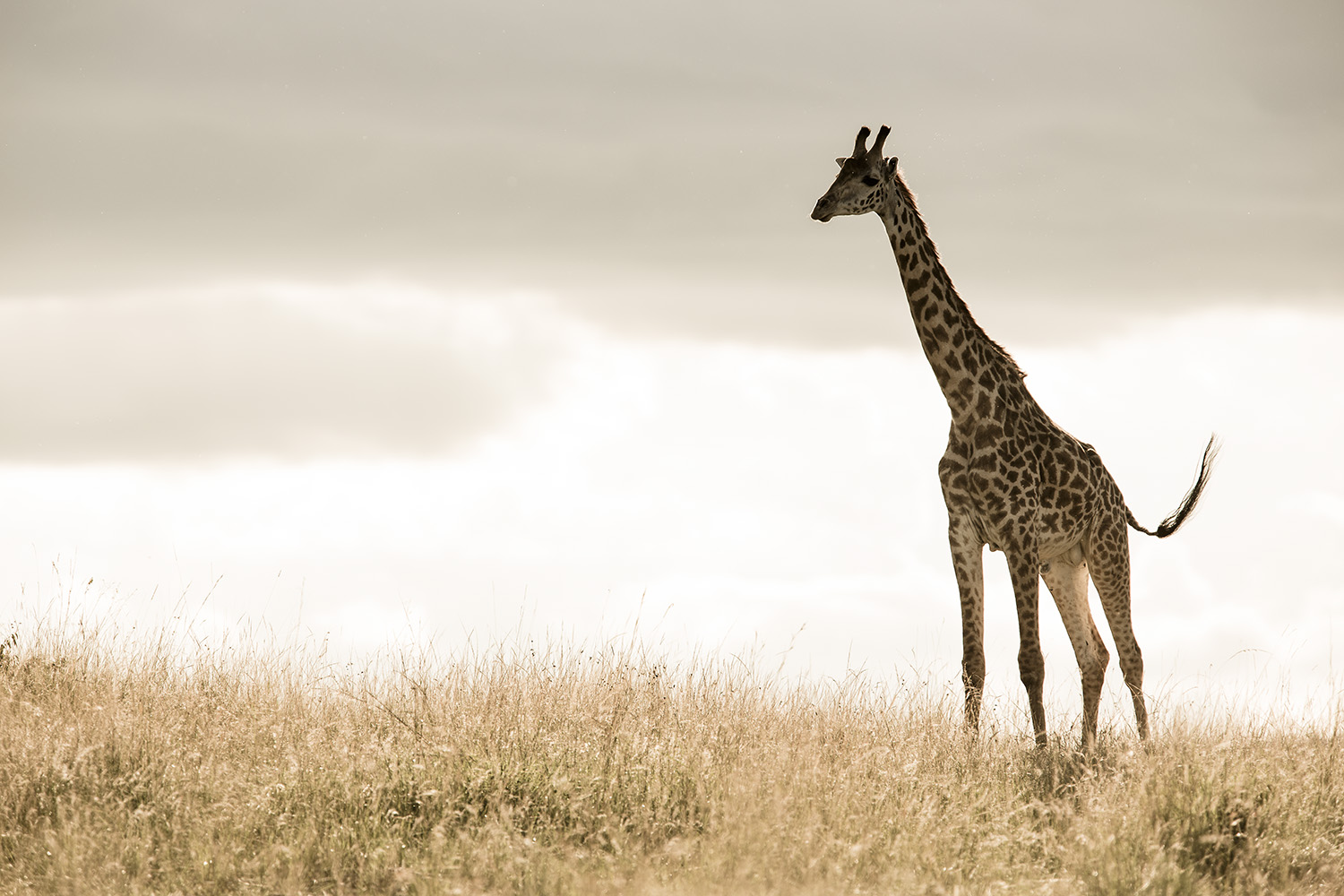
I myself, like many other photographers, suffer from camera envy. Hours and hours spent glued to websites reading reviews on the latest cameras and lenses; day-dreaming about one day getting ‘that’ lens which would take my photos to the next level. Well this week I added a new lens to my collection and granted it is second hand, but the Canon 300mm f/2.8 is an absolute gem. The speed and clarity are fantastic. Like a kid in a candy store I headed out into the Mara, attached a 1.4x extender (for a little more reach) and played around with my new toy. Enjoy the results in This Week at Angama.
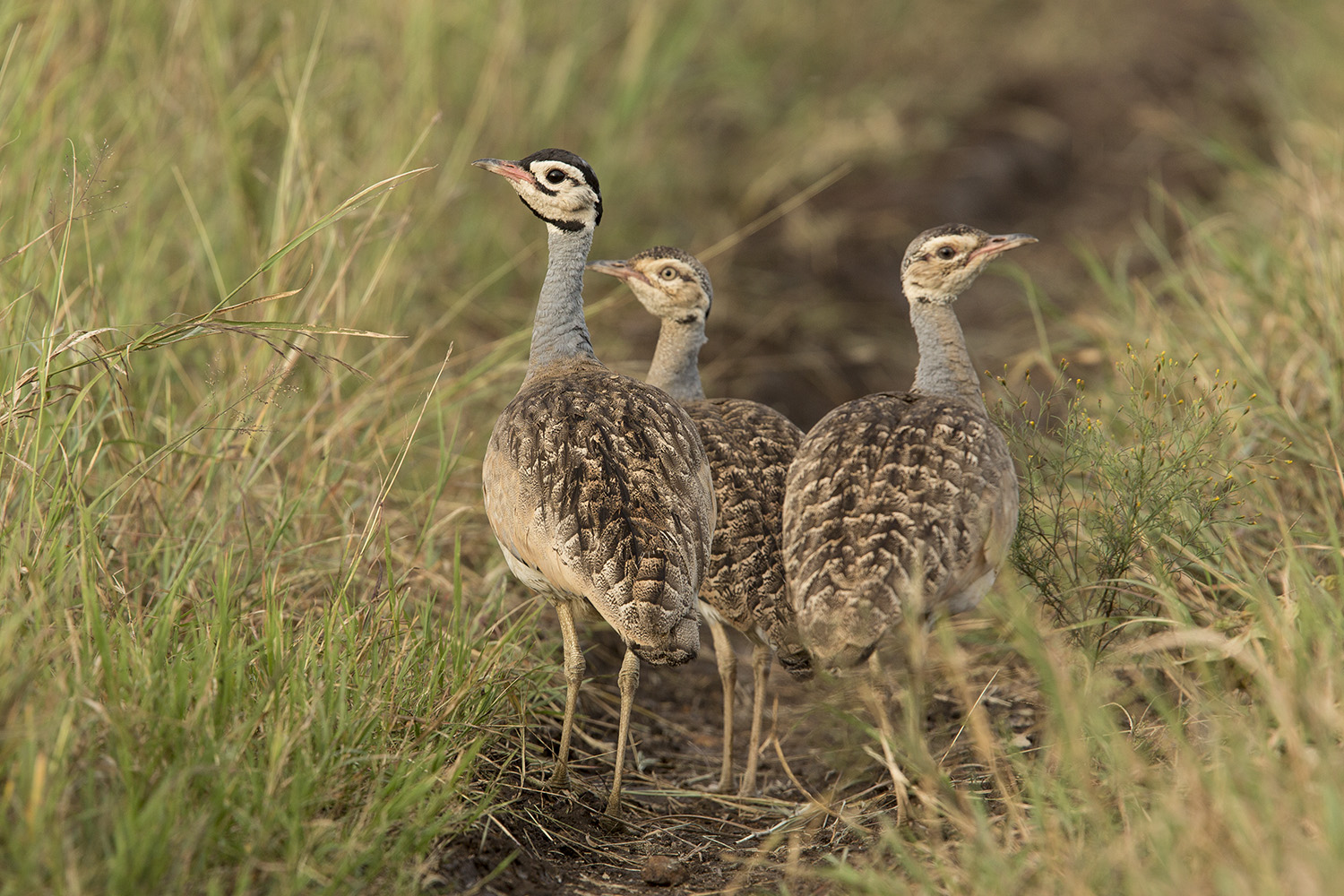
White-bellied Bustards are often seen in small family groups. The reason being that the young stay with their parents much longer than those of other bustards in the Mara. [f 6.3, 1/500, ISO 500]

This Yellow-billed Stork would leap from spot to spot flashing his wings, presumably to flush any potential prey. He would then dive his opened beak into the water and move it swiftly and methodically from right to left. Contact of the bill with a prey item is followed by a rapid snap-bill reflex. [f 5.0, 1/4000, ISO 320, +0.33]
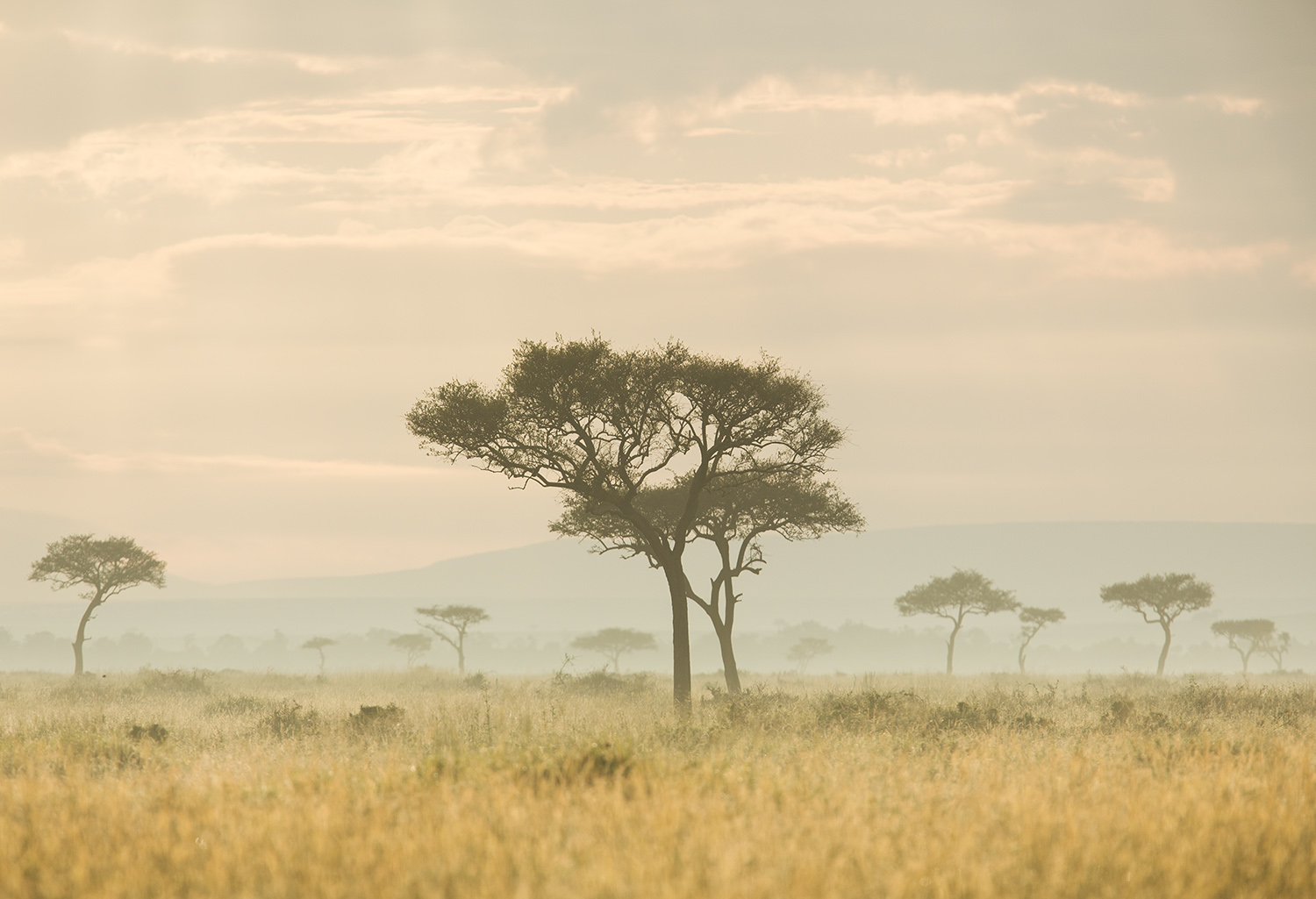
I am always looking at the light. From a landscape photography point of view it is absolutely crucial. This exact picture taken at other times of the day wouldn’t be nearly as effective. In order to do justice to the Mara landscape you need to seize the delicate morning light. [f 5.0, 1/2000, ISO 320, +0.67]

Another landscape shot, this time making use of the late rich afternoon light. For me this picture gives the viewer an idea of the scale of the Mara. The lone tree mirrors our own feeling of isolation and gives some perspective on our place in such a vast landscape. [f 5.0, 1/640, ISO 200, +0.67]
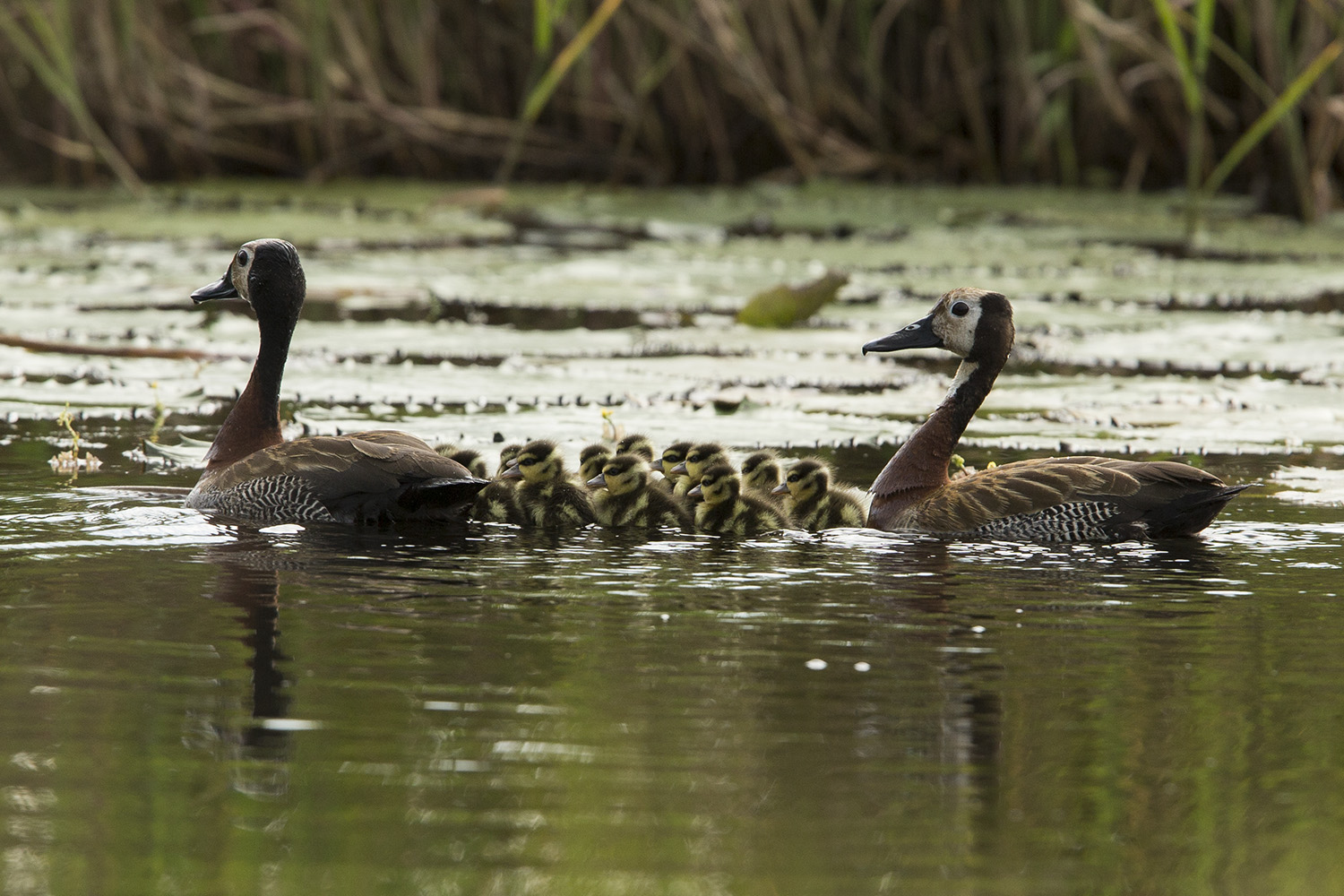
A pair of White-faced Whistling ducks have recently become proud parents to a dozen bundles of joy. When swimming across this natural pond, mom and dad carefully manoeuvred all their little ones in-between them. Let’s hope they all make it. [f 6.3, 1/800, ISO 500, +0.67]
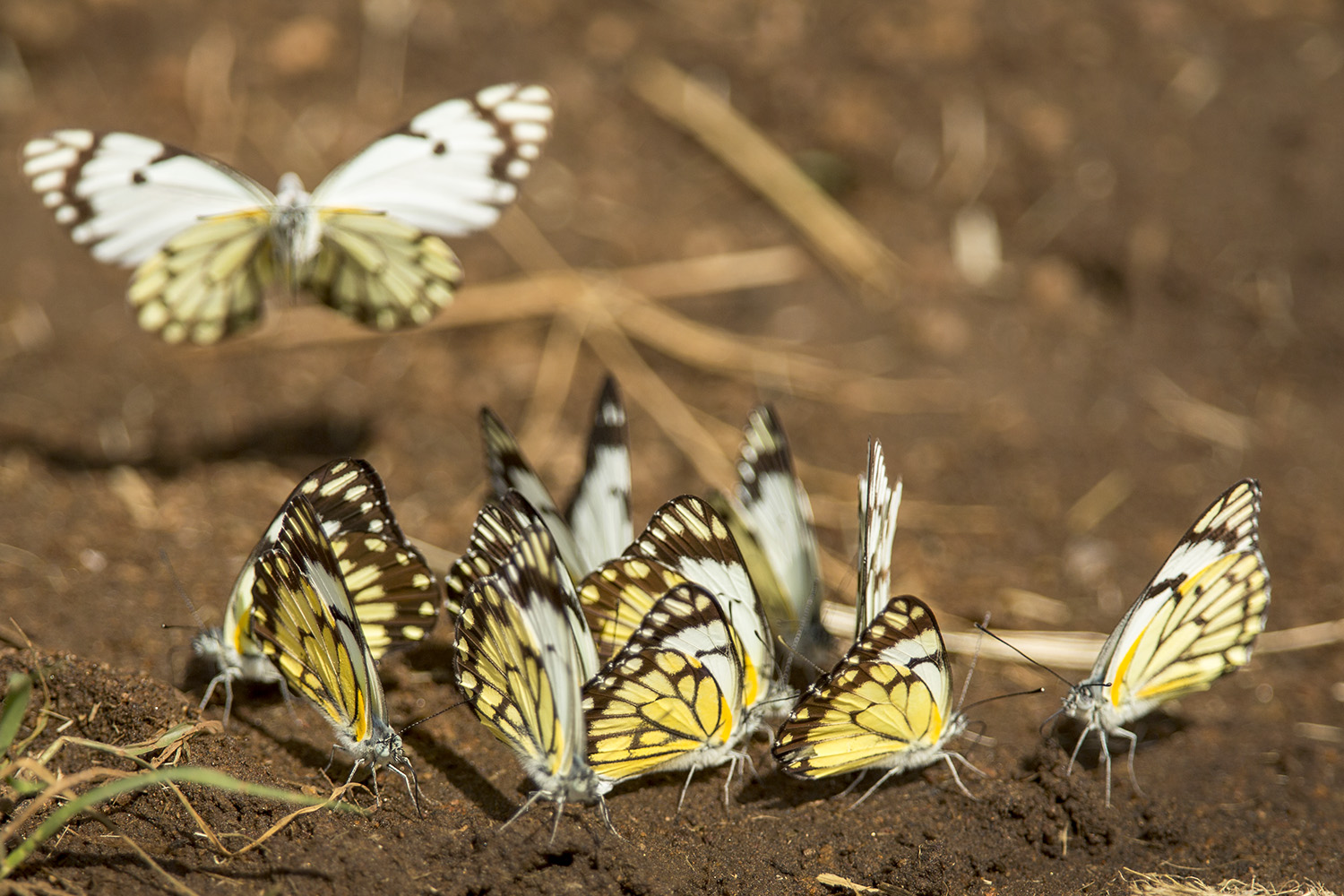
This week we saw a colourful explosion of butterflies across the Mara. Moving in close and dropping down to their level gives a slightly more unusual view of their lives. [f 4.0, 1/2500, ISO 250, +0.67]

It is interesting how just that little bit of backlight can make an ordinary scene extraordinary. [f 4.0, 1/1250, ISO 200]
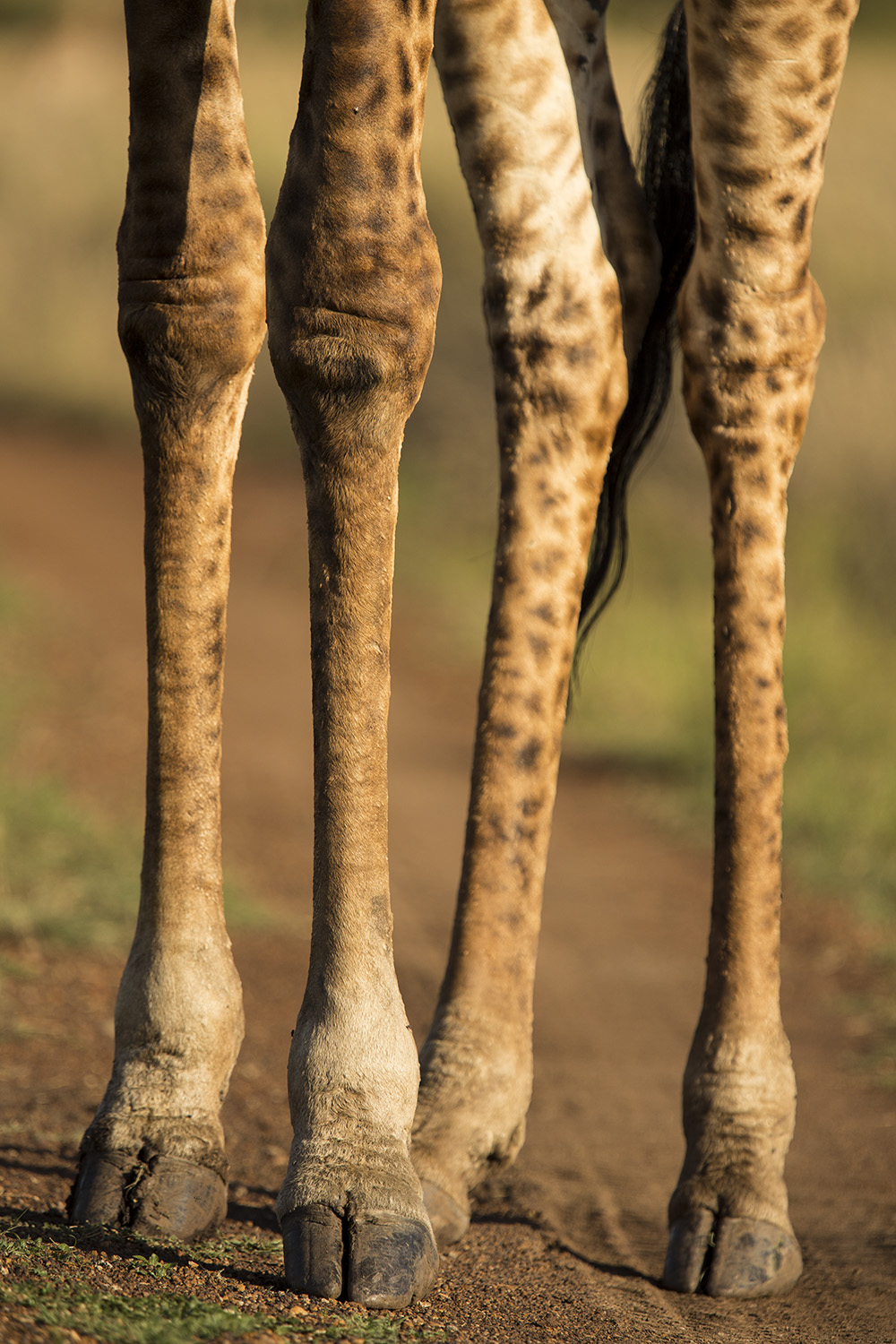
[f 4.0, 1/1250, ISO 200]
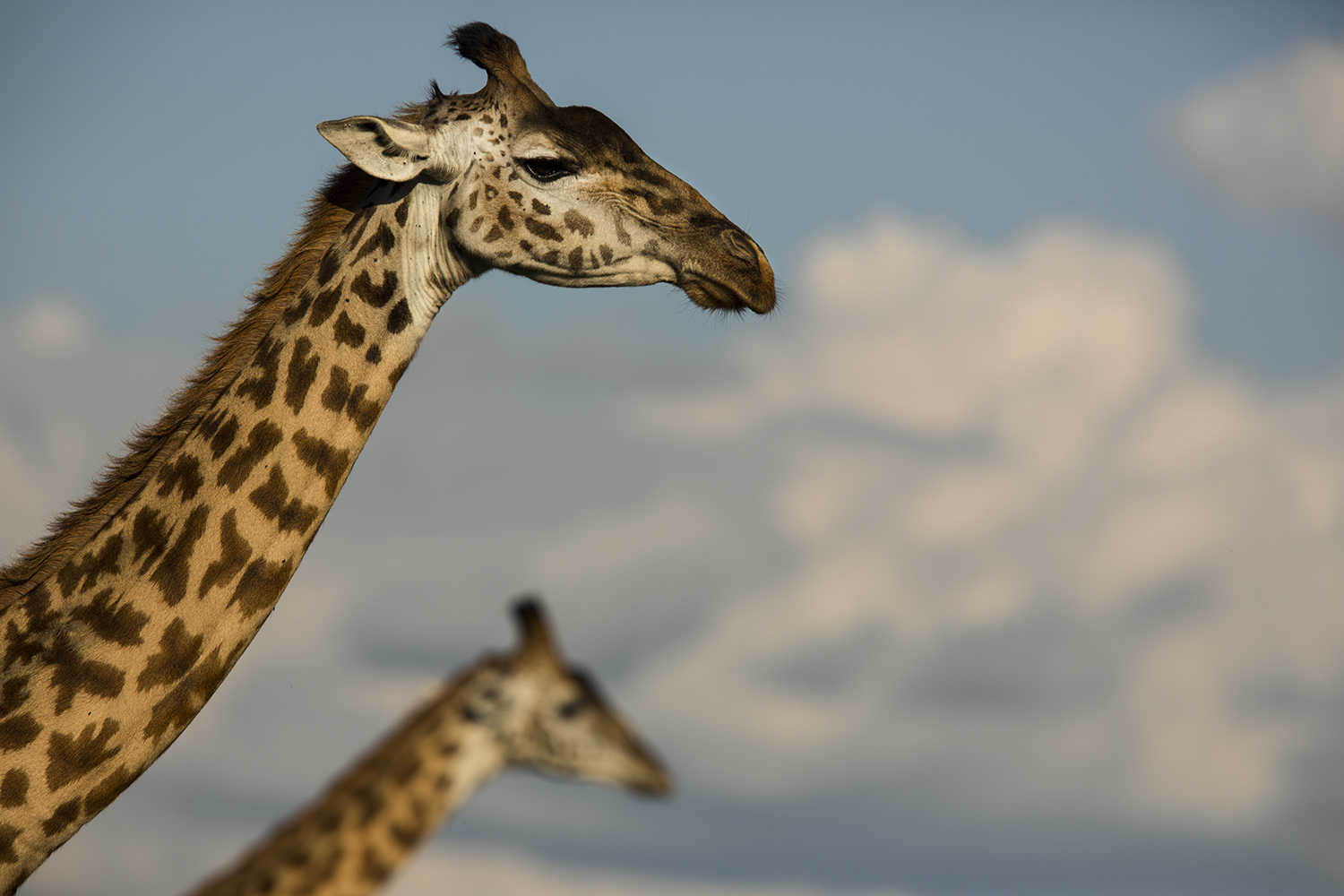
Our regular followers of ‘This Week At Angama’ will know that I am in a constant quest to photograph giraffes in refreshing ways; using unique angles, perspectives and cropping I hope to make the viewer appreciate all the parts that make up this exceptional animal. Above are 2 very different photographs of Giraffe. [f 5.0, 1/4000, ISO 200]
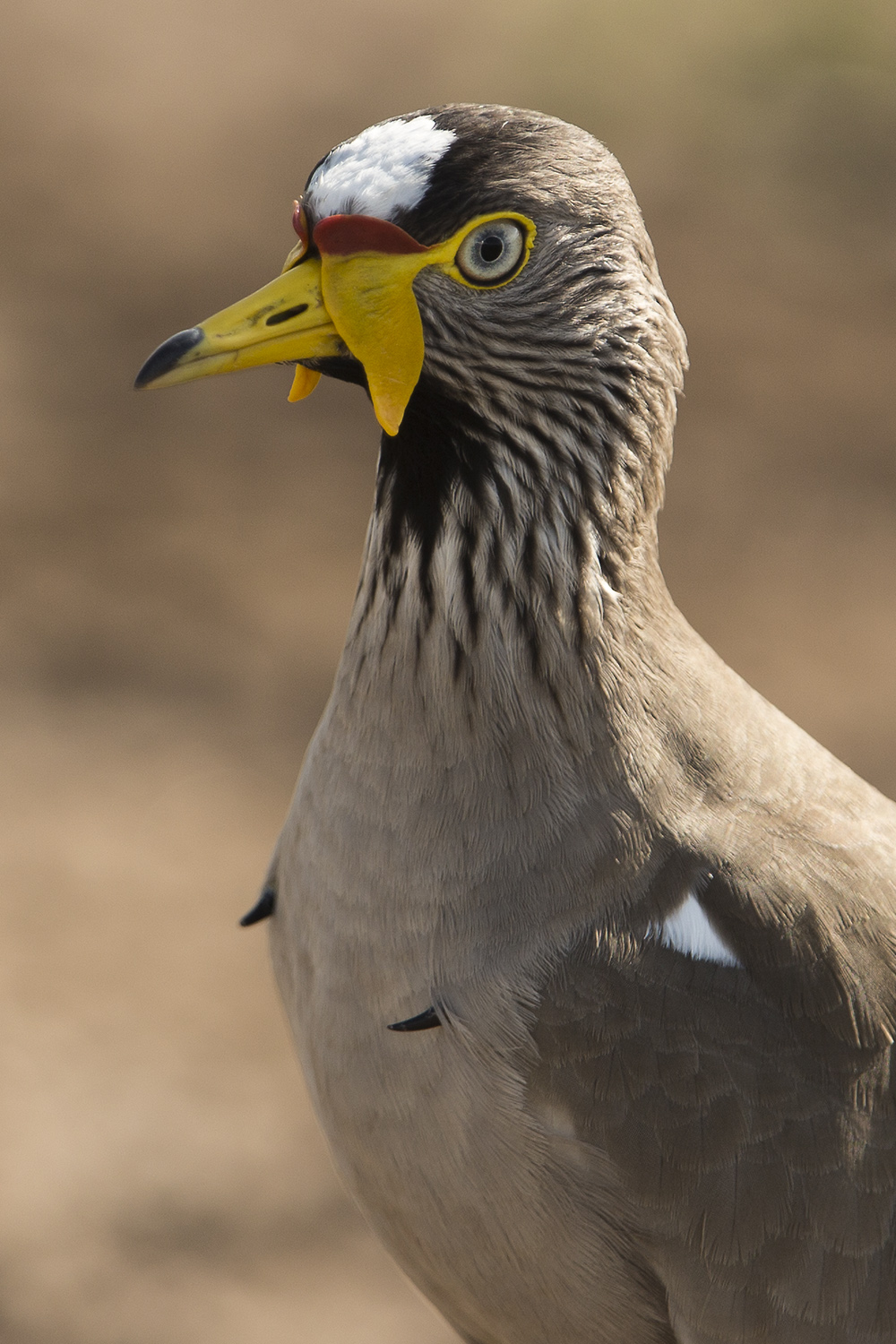
Nesting pairs of Wattled Lapwings defend their territory against all intruders by calling loudly, spreading their wings, and then swooping fast and low, and where necessary, striking at interlopers with their feet and attacking animals on the ground with the conspicuous spurs. There is a much-believed but incorrect myth that the spur can inject venom. The myth may have been based on fear of the lapwing’s territorial behaviour. [f 4.0, 1/1250, ISO 200]

Probably the most photographed bird in Africa; the Lilac-breasted Roller. No matter how many great photos I have of this spectacular bird I am always left wanting better. I guess it may be that a photograph is simply not able to adequately show just how beautiful this bird actually is. [f 4.0, 1/800, ISO 200, -0.33]
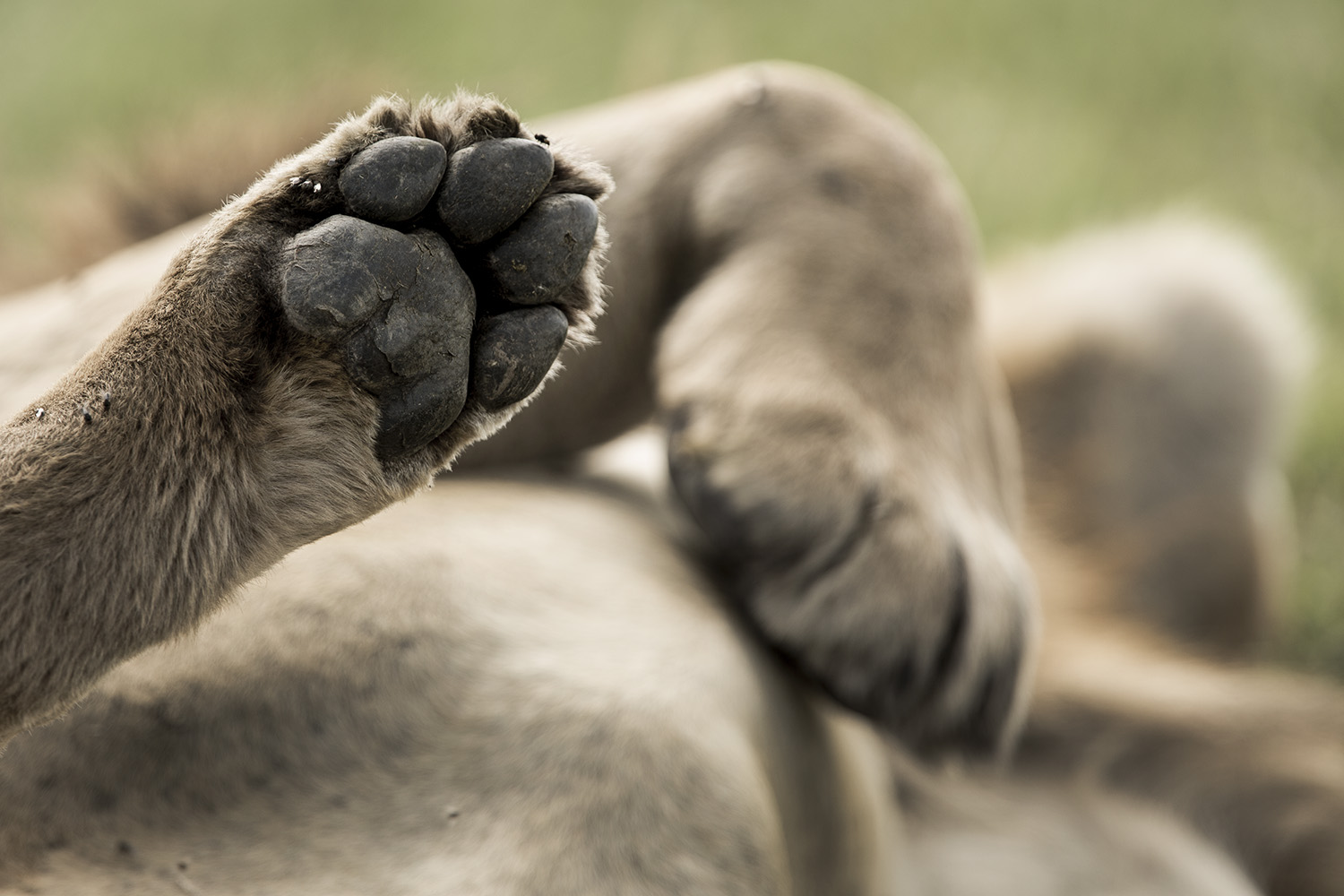
I loved the perspective of this shot and how it allows us to look in detail at the base of the lion’s foot pad. [f 4.0, 1/320, ISO 160, +0.33]

Sacred Ibis numbers continue to swell in the Mara Triangle. This species is an intra-Africa migrant, making nomadic or partially migratory movements of several hundred kilometers to breed during the rains. Most of the birds return to the areas around the equator at the end of the breeding season. [f 4.0, 1/6400, ISO 320, +0.33]
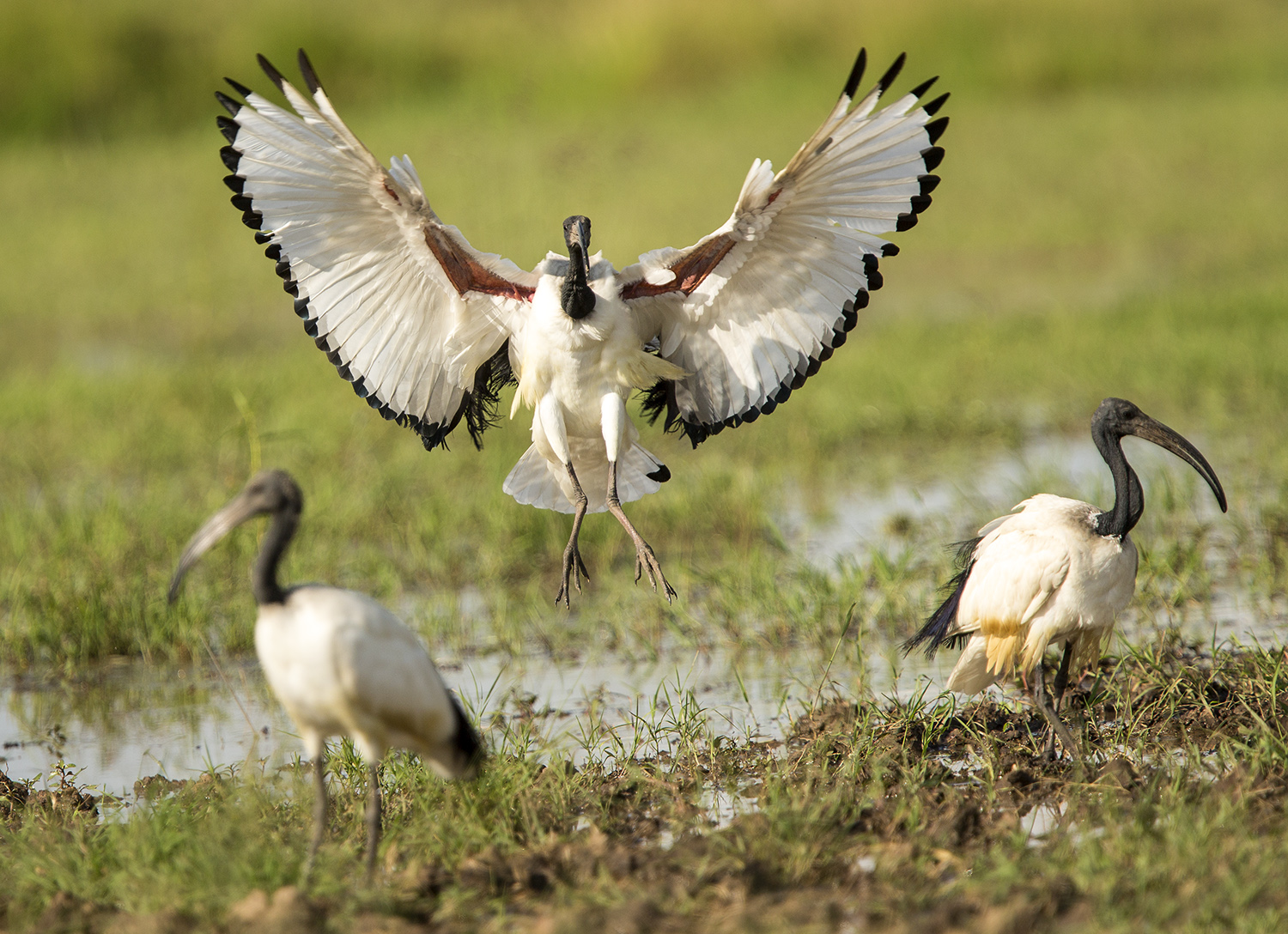
I am always encouraging people to play around with the autofocus settings on their cameras. It is only if you shift your camera to AI Servo (Canon) or AF-C (Nikon) that you are able to actually track a bird coming in towards you. With a little practice and a lot of patience you will soon master focusing and if you get the shutter speed high enough you can get fun photos of birds landing or taking off. [f 4.0, 1/2500, ISO 250, +0.67]
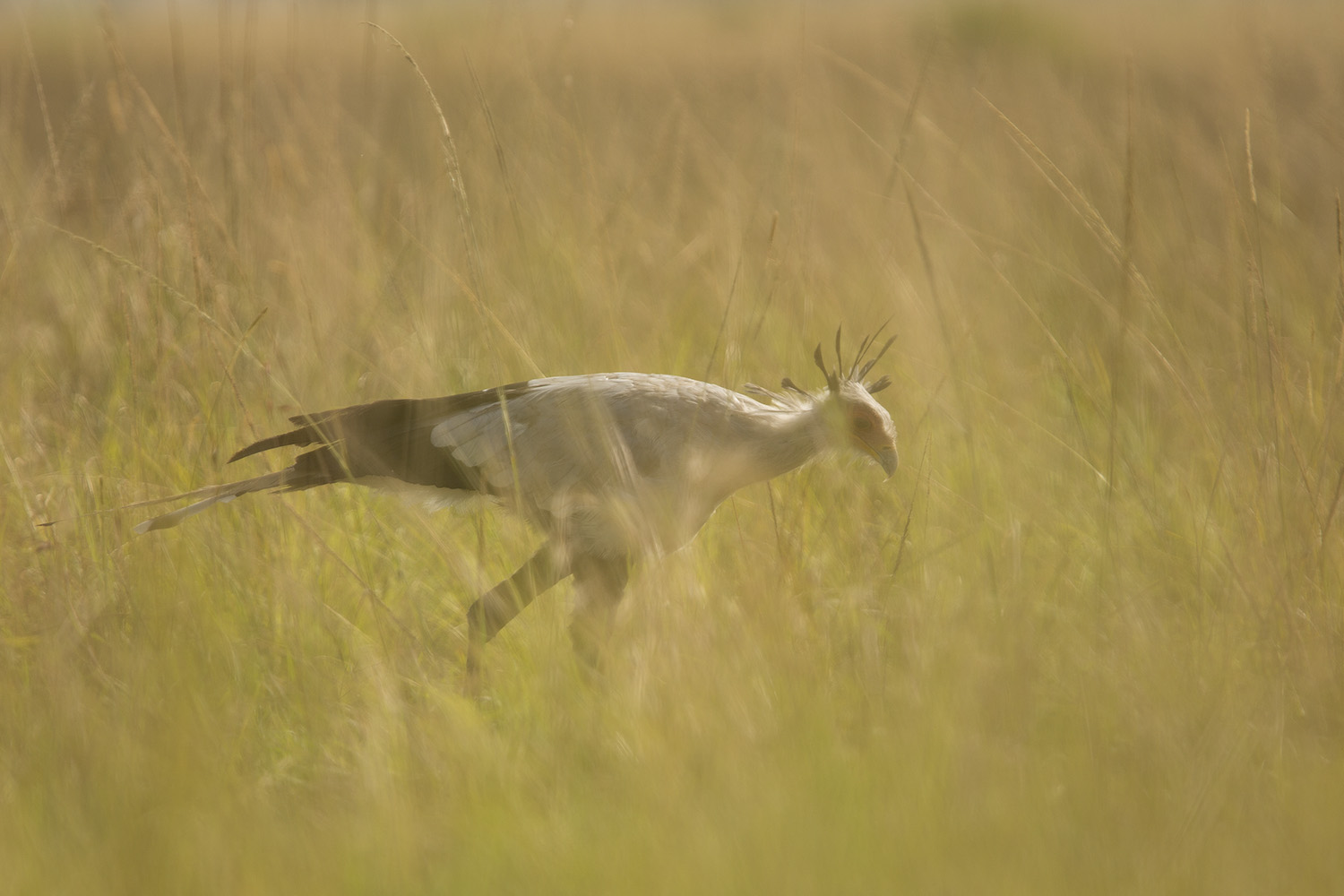
A Secretarybird on the prowl – what appeals to me about this photo is the gentle colours and soft focus. These two aspects, together with the eye-level perspective, allow you to get an idea about life amidst the grass. [f 4.0, 1/1600, ISO 200, +0.33]
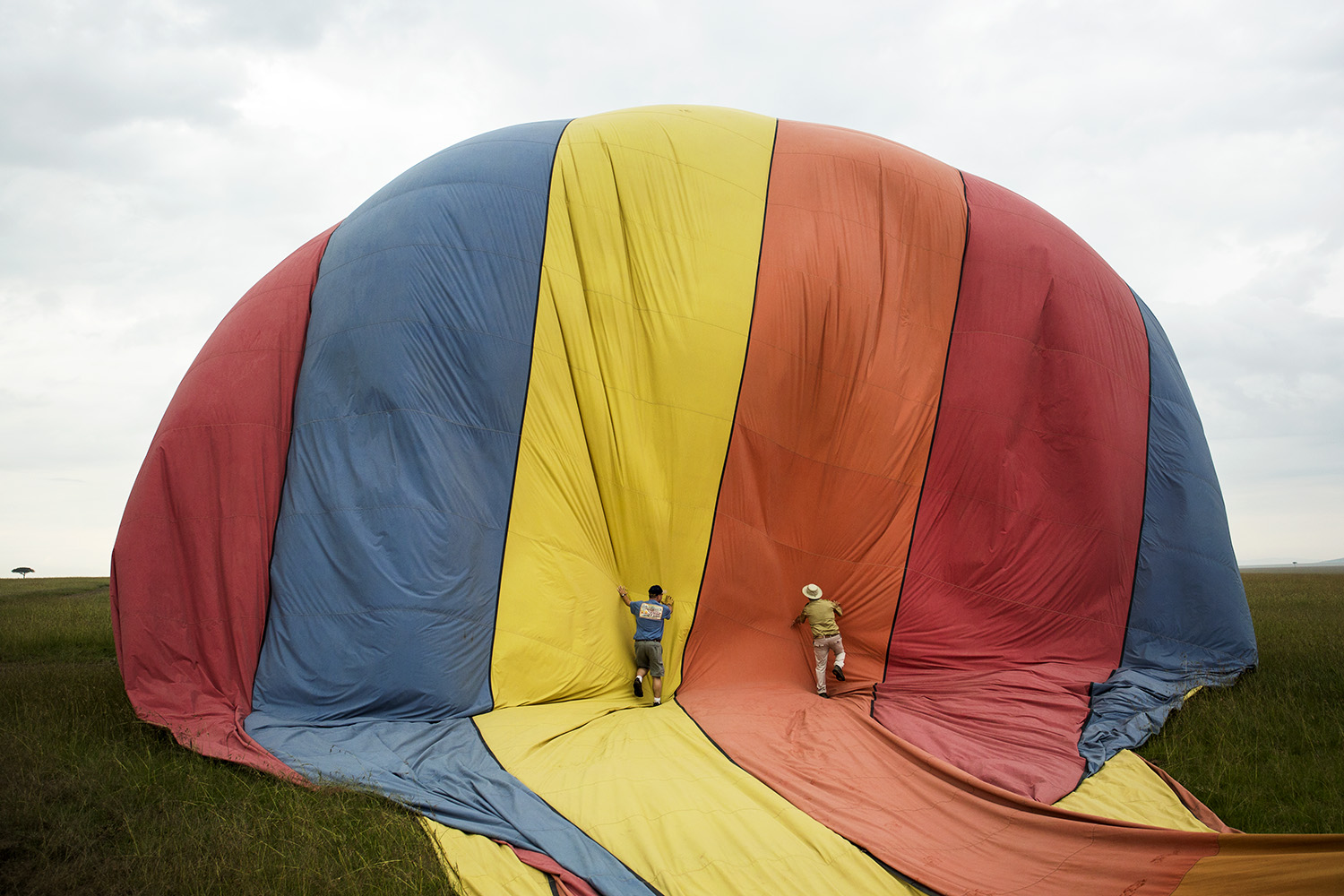
What would a week in the Mara be without some hot air balloon action? It is always fun to show a new perspective or take on a familiar theme. Here two of the pilots can be seen in a rather humorous photo deflating the balloon just after landing. I love the colourful wall of fabric. [f 5.0, 1/500, ISO 800, +0.33 (the only photo not taken with the 300mm lens)]
TAGGED WITH: Wildlife, Photography, Birds, Maasai Mara, Landscapes, Mara Triangle, Wildlife Photography, Mara Landscapes



COMMENTS (2)
Barbara Magness
June 8, 2018Beautiful pictures. I love the giraffe legs.
REPLYNicky Fitzgerald
June 8, 2018Thank you Barbara – we do too
REPLY